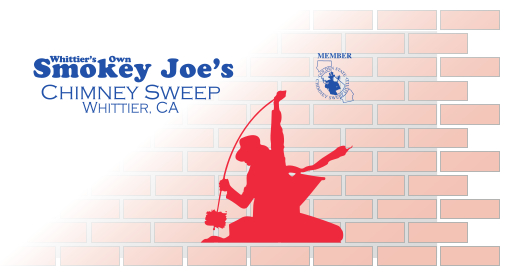- How do I know if I have a problem with a downdraft?
Before calling a sweep out to determine if you have a downdraft issue, there are some steps the homeowner can take to remedy a downdraft problem. What you think may be a natural downdraft, may be due to factors inside the home. Follow these simple steps: Open a couple of doors and/or windows in the room with the heating unit (fireplace). Open the heating unit’s damper, put your hand near the damper to feel for cold air. If you did not feel cold air being pulled down the chimney with doors and windows open, your problem may be due to any number of other causes. Clothes dryers, kitchen fans, bathroom fans, and forced-air furnaces all remove air from the house. In order to compensate for lost air, additional air may be pulled down the chimney. To check potential sources of the problem: Close all doors and windows Turn off all appliances which remove air from the house (fans, dryers, etc) Turn on one of the air removing appliances Check for a downdraft by placing your hand near the open damper in the heating unit Repeat the process with each air removing appliance, being sure that only one such appliance is in operation at any one time. An upstairs bathroom fan may also draw air even when turned off. You can use smoke to determine if air is being drawn out: Turn off the fan Hold a smoke producing item near the fan (a lit cigarette or a couple of just extinguished matches will usually work) The smoke will be pulled towards the fan if it is drawing air If after trying the above techniques, you have determined that your problem is an outside wind–induced downdraft, then request a visit from a certified chimney sweep to provide the solution.
- How often do I need to clean my chimney?
A chimney fire occurs when a build-up of soot and creosote ignites inside the venting system of a fireplace or wood stove. Wood-burning chimneys should be cleaned when a quarter inch or more of soot is present. Build-up can be more rapid in a wood stove than in a fireplace. In a wood stove vent, dangerous build-up may occur in less than a month or may take much longer, depending on burn habits, fuel and other variables. New wood stove users should inspect their systems during the first season to learn their rate of soot build-up and determine cleaning frequency. Newer certified “clean-burning” stoves generate much less creosote than older non-certified stoves. Fireplaces usually do not need to be cleaned as often as wood-stove. Cleaning frequency is again determined by the type and amount of wood being burned.
- What areas do we service?
Alhambra
Anaheim
Arcadia
Artesia
Azusa
Baldwin Park
Bell
Bell Gardens
Bellflower
Bradbury
Brea
Buena Park
Cerritos
Chino Hills
ComptonCovina
Cypress
Diamond Bar
Downey
Duarte
El Monte
Fullerton
Garden Grove
Glendora
Hacienda Heights
Hawaiian Gardens
Huntington Park
Industry
Irwindale
La HabraLa Habra Heights
La Mirada
La Palma
La Puente
Laguna Beach
Lakewood
Long Beach
Los Alamitos
Monrovia
Montebello
Monterey Park
Norwalk
Paramount
Pasadena
So. Pasadena
Pico RiveraRosemead
Rowland Heights
San Dimas
San Gabriel
San Marino
Santa Fe Springs
Sierra Madre
South Gate
Stanton
Temple City
W. Covina
Walnut
Westminster
Whittier
Yorba Linda - Does certification matter?
Anyone can make claim they are chimney sweeps but Smokey Joe’s is certified by the California Chimney Sweep Guild!


